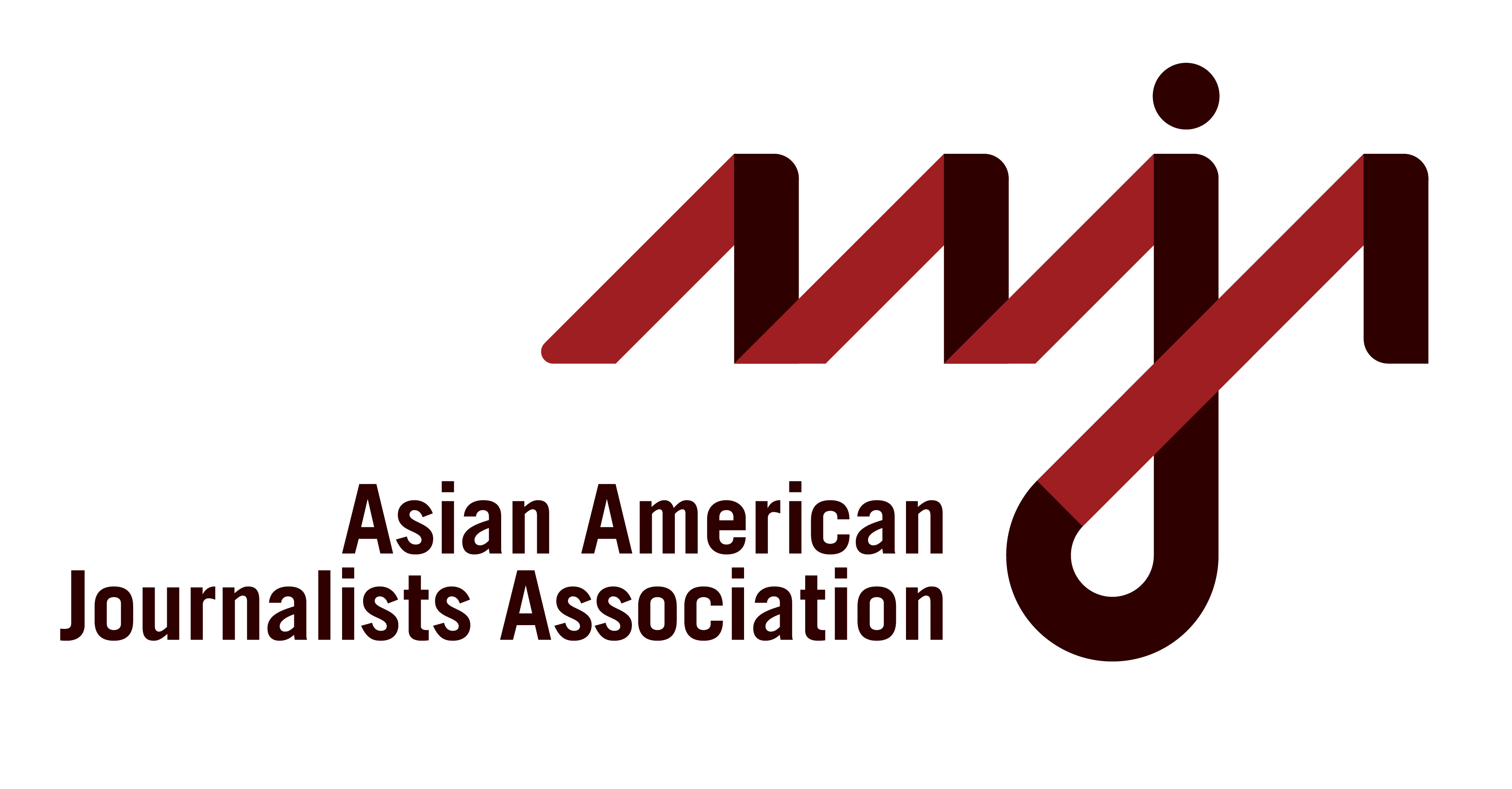A mass shooting in Allen, Texas, on May 6, 2023 left eight individuals dead and at least seven injured. Of the eight victims, four were of Asian descent. As newsrooms rush to cover this event, AAJA reiterates our guidance on how to properly represent Asian American communities in the media.
Names / Terminology / Coverage
- Double-check names, pronunciations, and faces as a general rule, but especially when covering communities different from your own. Also, double-check that the photo is of the right person being named and is applicable.
- Avoid using gratuitous graphic imagery or videos of violence without thoughtful consideration of the value it adds to the story and coverage as it may traumatize or retraumatize Asian Americans.
- Be specific and descriptive when referring to violence and harassment aimed at Asians, Asian Americans and Pacific Islanders. Rather than using euphemisms like “anti-Asian sentiment” or “anti-Asian hate,” assess whether it is more accurate to use terms like “anti-Asian racism,” “anti-Asian bias,” “anti-Asian rhetoric,” or “anti-Asian violence.” Specificity is key. Recognize that “hate crime” is a legal term that has limitations. Regardless of a crime or incident’s classification, motive, or intention, the impact on the community should be reported.
Sources
- Avoid assumptions, insinuations and relying on unverified sources. Institutional sources must be verified. Newsrooms need to consider: What is the relevance of your story to this shooting? What is the necessary context? What sources or resources are you using to inform your reporting, and are they verifiable or credible? Does this source’s assertion/judgment fully tell the story or inadvertently neglect other important factors of the full story?
- Diversify your sources by interviewing and quoting AAPI experts who can legitimately speak on behalf of our communities. Build relationships within the communities on which you are reporting. Question the proximity of your source with the geography and communities featured in your story. AAJA’s speakers bureau, AAJA Studio, includes AAPI researchers, experts and thought leaders with expertise in civil rights, hate crimes, AAPI history, racial justice and community-building work, racial profiling and discrimination. AAJA Studio is not an exhaustive list of experts. We encourage reaching out to AAPI studies professors and scholars as well.
- Acknowledge and attribute credit to community media sources, and support the work of in-language and community media.
Contextualization
- We encourage contextualization and that reporters center community experiences and victims’ and survivors’ stories.
- We urge newsrooms to cover the violence in the context of the recent rise in attacks on Asian Americans and heightened fear among AAPI communities across the country.
We urge newsrooms to empower and support their AAPI journalists and colleagues, while understanding the diversity of our communities. We also encourage newsrooms to provide AAPI journalists with the necessary mental wellness support as our communities face increased anti-Asian violence and sentiment.
AAJA is monitoring this developing story.




